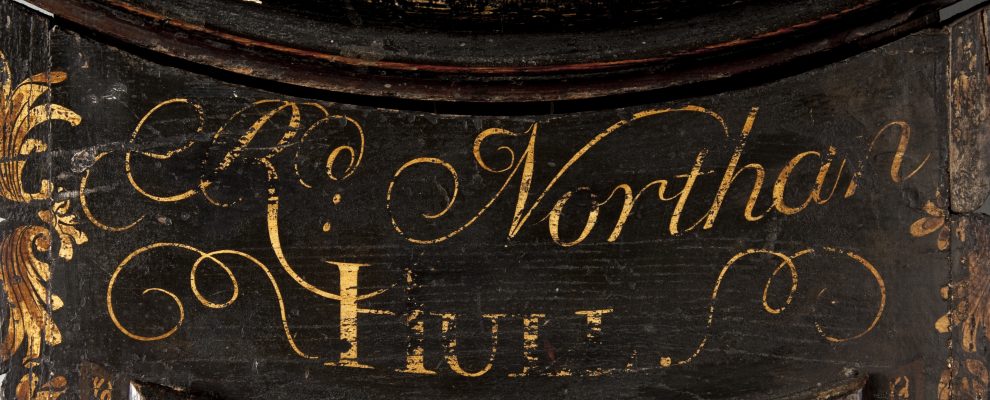In July 1797 the Government of William Pitt the Younger passed an Act of Parliament imposing a quarterly tax on the ownership of clocks and watches. Faced with the demands of financing the ongoing wars with France, Pitt had already imposed many new taxes, including duties on tea, spirits, glass windows and horses, and would go on to introduce the nation’s first income tax in 1798. Few of these measures, however, were as instantly unpopular (and impractical) as the tax on telling the time.
The Government justified the tax by arguing that people wealthy enough to afford a clock or watch would be well able to pay the tax, because clocks and watches ‘were certainly articles of convenience, but they were also articles of luxury’. Gold watches were taxed at 10s each, watches of other metals at 2s 6d, and clocks at 5s. Householders were required, under threat of dire penalties, to submit to the authorities lists of clocks and watches in their possession. Unsurprisingly, the tax proved totally unworkable. Pitt was wrong in thinking clock and watch ownership a sign of wealth: as society had become increasingly regulated by time in the later eighteenth century the ownership of watches penetrated far into the middle class, while clocks could be found even in poorer homes (although clocks with a value of less than £1 were exempt from duty, giving some protection to poorer householders).
The tax was universally unpopular and its operation was undermined from the start. Clock- and watch-owners hid their timepieces; those with gold watches commonly swapped the cases for silver or base metal; and people ceased to buy new clocks and watches, throwing the clockmaking industry into crisis and economic depression. The outcry against the measure, and its obvious ineffectiveness, forced the Government to retreat. The tax was repealed in March 1798 after being in force for under a year and raising only £2,600 – far short of the vast sums, between £200,000 and £700,000 a year, that the Exchequer had hoped a tax on time might deliver.
This failed Act did have one lasting consequence. As people concealed the clocks in their houses and ceased to carry watches with them, clocks quickly appeared on buildings and in public places to tell the time for a society which, with its bureaucracies, factories and complex business and social activities, now depended upon accurate timekeeping for the structure of its daily life. These timepieces, usually large in size and of relatively plain design, were known as ‘Act of Parliament Clocks’. Tavern owners were particularly quick to see a potential advantage in providing such clocks inside their establishments, so that anyone wishing to know the time would come into the bar and, with any luck, become a customer; thus the alternative and more accurate name of ‘Tavern Clock’ is often applied to these clocks. Tavern clocks were of great value for communities in which inns were social centres performing many public roles such as acting as venues for political meetings and auction sales. They were particularly important for coaching inns with their stagecoach services operating to regular timetables.
For a society in which, for generations, the only public clocks had been those sometimes to be found in church towers, the Tavern Clock represented a considerable expansion of the public availability of accurate timekeeping.
(From Keeping Time a temporary exhibition at Fairfax House, 5th October-31st December 2012)

Name: Hannah Phillip
Title: Director
Source: Keeping Time (Fairfax House, 2013)
